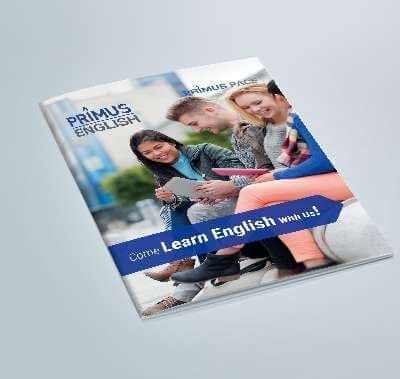
Here is the non-technical explanation of blockchain that even your parents could understand
Most blockchain explainers explain the concept of blockchain using language that is foreign to most people, leaving them more confused than when they started. However in this blog you can find a non-technical explanation of blockchain that even your parent could understand.
In this blog, we will not use any unfamiliar words. We will rather use simple language. Jumping right in, a blockchain is a distributed database, also known as a distributed ledger. To make things more simple for you, we will call that ledger as a ‘record book’ and instead of using the term ‘distributed’, we will call it ‘shared’. Think about a ‘block’ as a ‘line item’ in that shared record book.
So, in this blog, we will be calling blockchain as a shared record book and each addition to this record book is a new line item.
This is not just 1 record book stored in a central location that is shared by many but there are many copies of this record book, that are stored on computers globally, both home computers as well as business servers – therefore the term “decentralised”. Although this record book can be used to record many things, I will use sending as well as receiving money as the main example, as it is the most common one right now.
When Jack wants to send money to William, a new line item is created detailing that transaction and then this line item gets sent off to other computers who have a copy of the record. Computers confirm that the transaction is authorised, as well as ultimately agree (or disagree) that everything is legitimate before approving that line item. It has to match up perfectly on every copy of the record.
It is as if Jack and William had a few hundred mates stand around them. They watched that Jack hand William the money in question, as well as they all agreed that Jack has really given William the money, & other aspects of the transaction, like it being the right amount.
How is this different to a bank?
This shared record book requires no bank, no centrally owned company, as well as you will not have to trust in any financial institution. There is no middleman of any kind.
To put it simply, this shared record book is not owned by any one organisation or individual. It is owned by everyone who has a copy. However that does not mean any 1 person who has a copy has control. Also, this record book is what we call irreversible. Every line entry made will exist in perpetuity, as long as the internet exists. If William wanted to refund Jack’s money, this will be a completely new line item sending the money back and not the crossing out of the original transaction.
Where is the money stored if there is no bank?
When we are talking about digital currency like Bitcoin, there is no repository of coins. That line item in the record book is the money. Assume that the first entry in the book was by a person named Joseph – who is the founder of this new digital currency and who writes “2 million coins now exist”. Joseph then hands them to many people, creating a new line item for each transaction. Joseph sent 1000 to Bill, 1500 to Sue and so-on. To get those coins, Bill as well as Sue will have to provide a wallet address to Joseph, which is the equivalent of your account details that is provided in order to receive a direct deposit with your bank. Bill as well as Sue each have a very long, secret codes which give them ownership of the line items that relate to their wallet. This way, they can create new line items with the coins given to them. Now once Bill has created a new line item which says that he has put 100 coins in Sue’s wallet, he will not have any control where those coins go now onwards – but only Sue can. This is how thousands of people can have a copy of the record, without being able to add new line items relating to any of the other 2 million coins that are documented in this shared record book.





